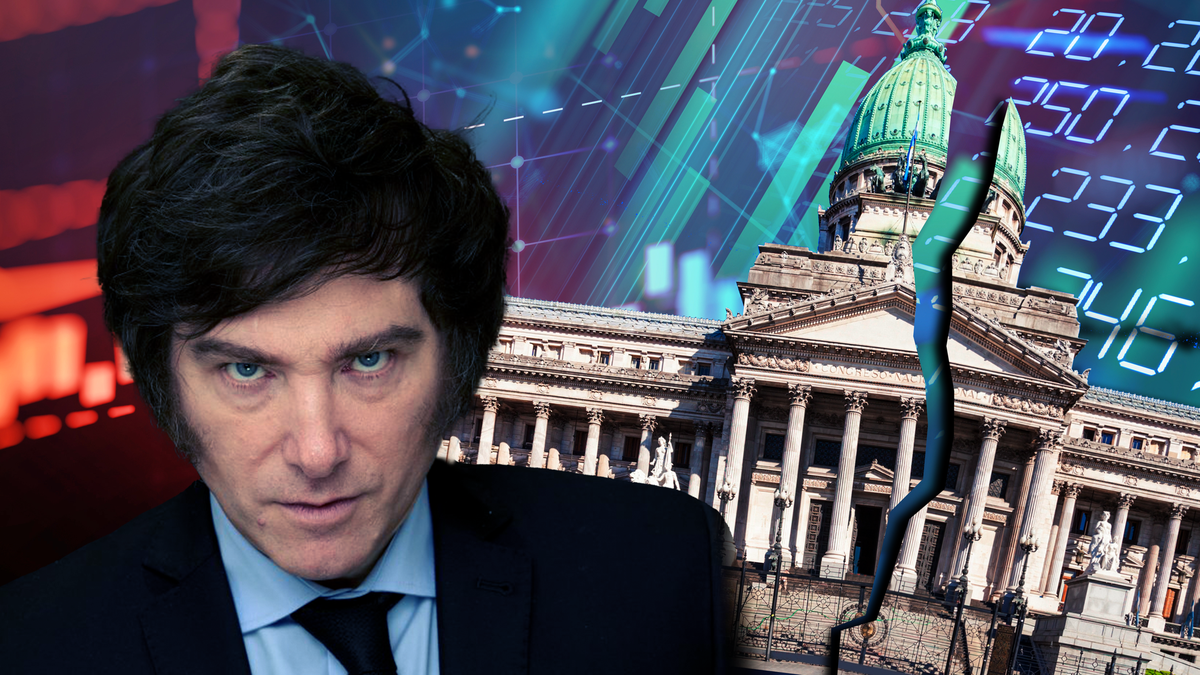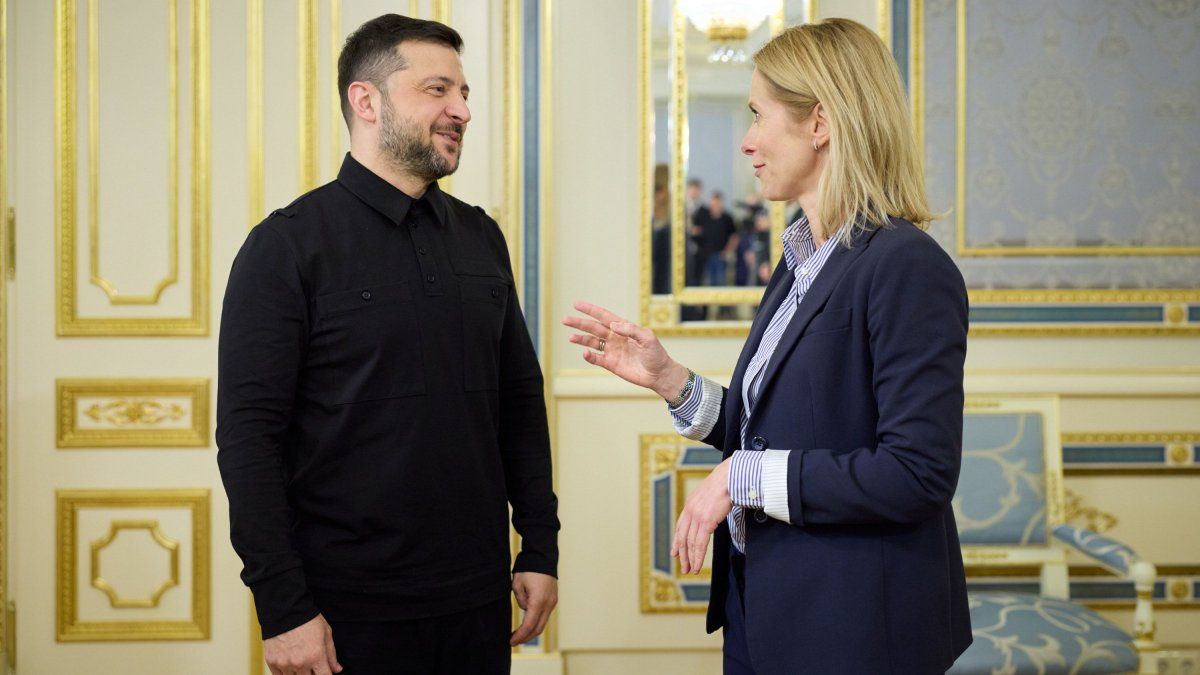After the legislative “setback”, the entire market is now wondering how this continues. Was it surprising? Not really, they consider that it was in the calculations that “it could fail” given the track record and the management and mismanagement of the incipient Government in implementing the omnibus law. And faithful to the national and leadership sentiment, nothing has ever been more timely and appropriate to the momentum than, after the setback in Congress, the Carnival holiday occurs as a reflection of the official and opposition actions.
But what elements did the Government show to carry out its objectives? In this regard, analysts point out that this does not change its course. But it continues to happen to this government that exacerbates its communication link with the public.
It was clear that he was slower in regrouping the political forces that could give him clarity or guarantee what was happening article by article, than in his rapid communication reaction on social network X to stimulate and irritate his public, plus the statements from the Presidency and the Milei himself.
A very marked error, according to the reading on the operating tables, especially at the communication level, is that the Government resorts and justifies itself by arguing that “it is what 56% voted for.” However, 56% occurs in the runoff and Congress where the law is discussed is the space where it obtained almost 30% (the same as the PASO). So, for the discussion of the law and for the procedures to be carried out, the Government should think less about the public impact and return to the feeling of negotiating.
Milei is wanting to compensate for the 56% with an electoral situation that is what shapes the space that is rejecting him today. But what is it ultimately looking for? They wonder why the Government says it will stay the course no matter who falls, but then how will it build power in the face of what is coming. That is why the lack of power construction or negotiation channels is worrying.
In this sense, the idea of a “referendum”, is another element that conspires to aspire to less turbulent months. At the tables they see that if the scenario will be this, of clashing and colliding, then how can we build on these bases, what is coming is a very volatile year with advances and setbacks in the changes that are pursued. The “consultation” is just to attract people’s attention. Hundreds of analyzes and speculations about why what happened happened, but the truth is that it injects more noise into decision-making and into the future. The greatest risk is that the conflict spreads when the Government goes against everything that stands in its way.
Meanwhile, abroad they continue to distance themselves from the libertarian experiment, although in recent weeks we have seen some investors and a few small funds from abroad starting bets on the Bopreal (bonus for importers). In one of those bilateral meetings, a manager from Boston put on the table the strategic roadmap that the people at the fund envisioned. Ashmore for President Milei to make his ambitious goals a reality. They believe that there are three stages for a sustainable program that stabilizes the Argentine economy: First, the correction of economic imbalances, fiscal adjustment and restructuring of local debt; second, a monetary stabilization plan; and third, dollarization.
And speaking of dollarNeix analysts outlined two alternatives for Dollar Linked hedging: official dollar It became significantly cheaper in the short section. The Treasury bond linked to the dollar “TV24” yields 8% against a synthetic Rofex which is barely positive. So, an alternative is to take advantage of the drop in short-term CER debt and buy “TX24” or “T3X4” (Treasury Bond in pesos with CER) offsetting it with Rofex. “Even in a scenario where average monthly inflation drops to 14% per month between February and April, the “T3X4” can be an indirect hedge of the official dollar. Above that average the CER debt continues to be better. However, given that these strategists prefer a slightly longer curve term for inflation-adjustable bonds (TX26) for an investment of up to 90 days, “TV24” is a good instrument. What happens between the “TDA24” (Dual Bonus) and “TV24”?: the premium for the TDA24 versus the TV24 is relatively expensive in relation to the inflation projections that can be made. Finally, according to the recent Staff Report of the IMFthere is a commitment to stop issuing debt adjusted by the official exchange rate, therefore these products (dollar linked and dual) would begin to become scarcer, so also considering this, the “TV24” can be a good vehicle short term, they stand out.
In relation to the Fund’s Staff Report regarding the fact that the BCRA’s financing goal for the Treasury in 2024 will be null, the novelty is the fine print, pointed out an old wolf of the market who explained that now this financing will be measured taking into account not only the transfers of Transitory Advances (ATN) and the Transfers of Profits, but also other concepts such as Non-Transferable Bills, the BCRA purchases of securities in pesos in the secondary market, the exercises of puts and, netting all that, the Treasury repurchases of sovereigns in the hands of the BCRA.
Much attention is being paid to conflict in the Red Sea where after a few weeks you can see the concrete impact it is having on the economy and trade: the cost of shipping a 40-foot container from the port of Shanghai to the port of Rotterdam is $5,000 versus the historical cost of $1,500. This already hits companies like the second largest shipping company in the world, Maerskwhich saw its shares fall in Copenhagen after announcing fourth-quarter earnings and guidance that missed analysts’ forecasts, along with canceling its share buyback program.
In any case, the CEO of Maersk, who recognizes that the Red Sea crisis has caused immediate capacity limitations and a temporary increase in rates, believes that eventually, the excess supply in transport capacity will generate pressure on prices and impact the results.
Another issue monitored by large funds is the decline in economic activity in the US, following a path towards a “soft landing”, which goes hand in hand with decreasing inflation in said country and interest rates that point downwards, inviting an extension of the duration of fixed income in most portfolios. The terms of the US current and accumulated deficit generated concern in the President of the Federal Reserve (Fed), who called for establishing a clear path to the frank reduction of both deficits.
But what is the Federal Reserve looking at? Recent Fed speeches suggest rate cuts will take longer, citing the need for more patience and “clarity” on data. The Fed is looking at numerous variables such as financial conditions, recent PMI data and the Phillips curve, as well as points of uncertainty, including the election year. In this regard, most variables indicate that it will be at least June before a pivot occurs.
However, global strategists see normalizing inflation as the biggest argument in favor of cuts, and believe the Fed should take a dovish stance in May. And speaking of an election year, the EMTA held the Forum on Mexican Elections in New York where it was discussed whether Claudia Sheinbaum was a sure candidate for the presidency, the possibility of Morena winning a two-thirds majority in Congress, the erosion of Mexican institutions, fiscal policy, expectations of Banxico rate cuts, structural problems that stand out from the potential of “nearshorging” of the country, among the main debates. Francisco Campos Ortiz (Deutsche Bank), Zulfiqar Ali (PGIM), Kathryn Rooney Vera (StoneX), Rafael de la Fuente (UBS) and Bret Rosen (Emso) were in the game.
The departure of the CEO of Julius Baer, Philipp Rickenbacher, and what the president of the Swiss group Romeo Lacher said, the closure of the private debt business and other changes after the presentation of results that showed a drop in profits of 52% in 2023 due to its exposure to heavy debts from the Austrian real estate giant Signa. This was part of Julius Baer’s private debt business, which the bank said it will exit. As shareholders search for Rickenbacher’s successor, COO Nic Dreckmann takes over as interim CEO. But it was not only the CEO’s head that fell but also that of David Nicol, member of the Board of Directors and president of its Governance and Risk Committee, and they also plan to cut 250 employees from their 7,435 employees that they had at the end of last year.
Source: Ambito
I am a 24-year-old writer and journalist who has been working in the news industry for the past two years. I write primarily about market news, so if you’re looking for insights into what’s going on in the stock market or economic indicators, you’ve come to the right place. I also dabble in writing articles on lifestyle trends and pop culture news.




